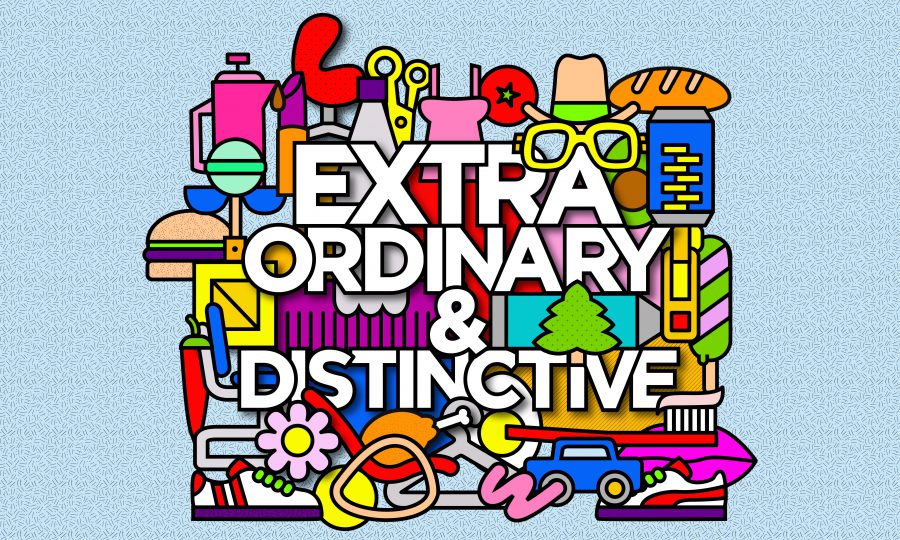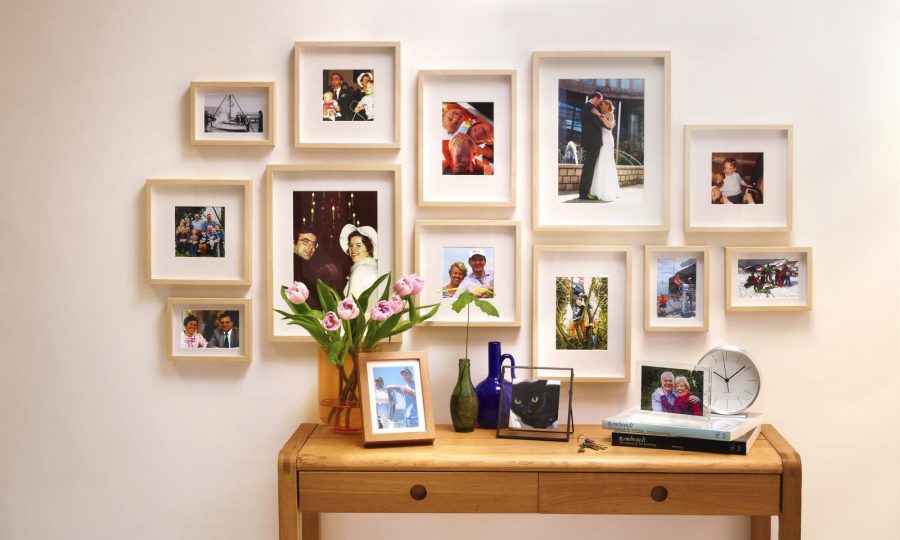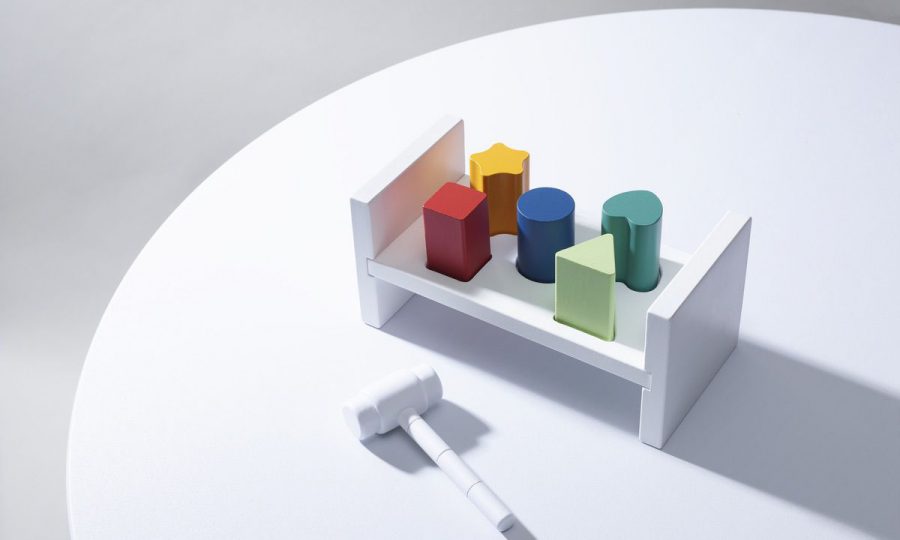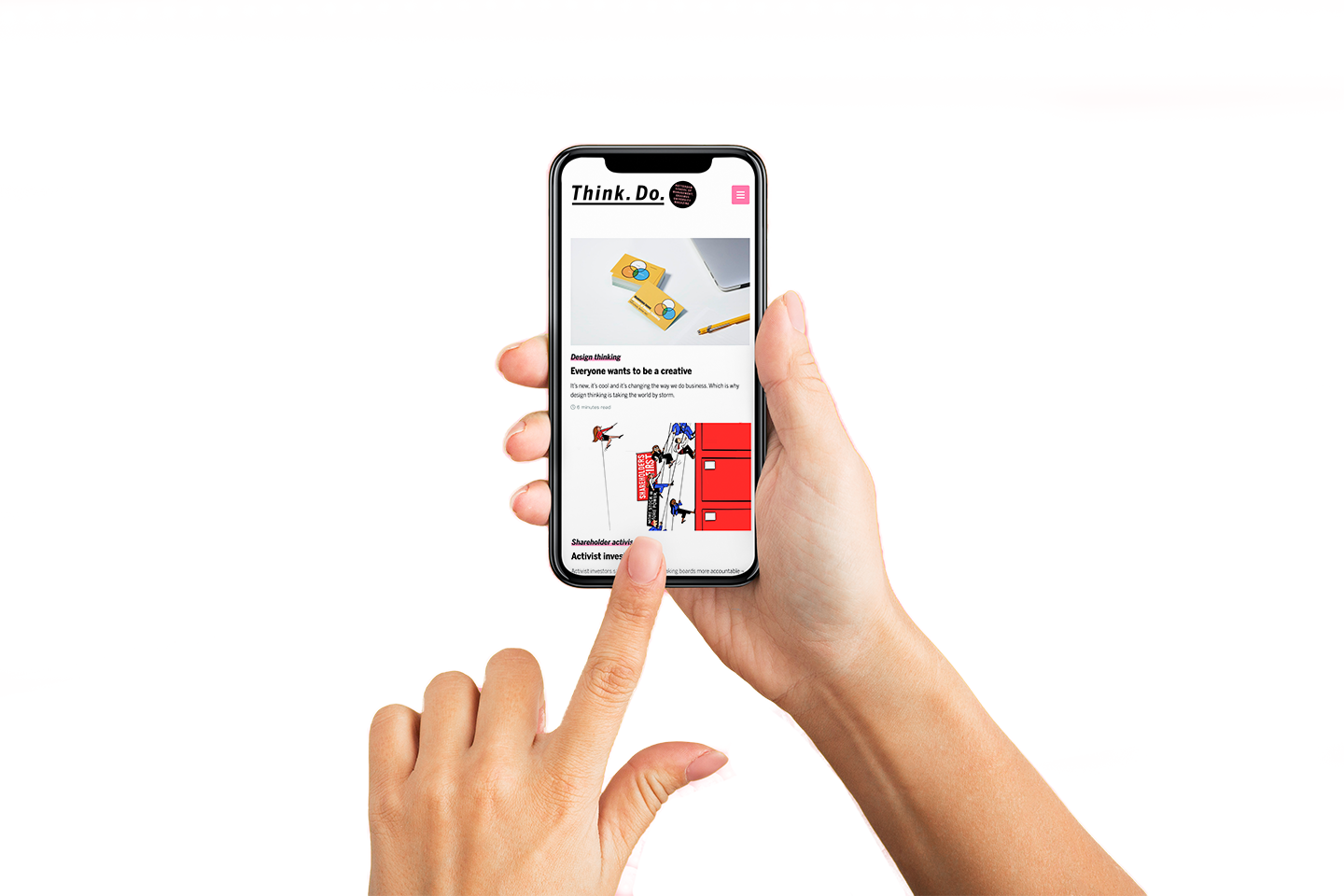Our 174 thousand tonne clothing habit
Carlijn Oosthoek (MSc Management of Innovation, 2016) co-founded Drop and Loop to take on the challenge of wasted clothes.
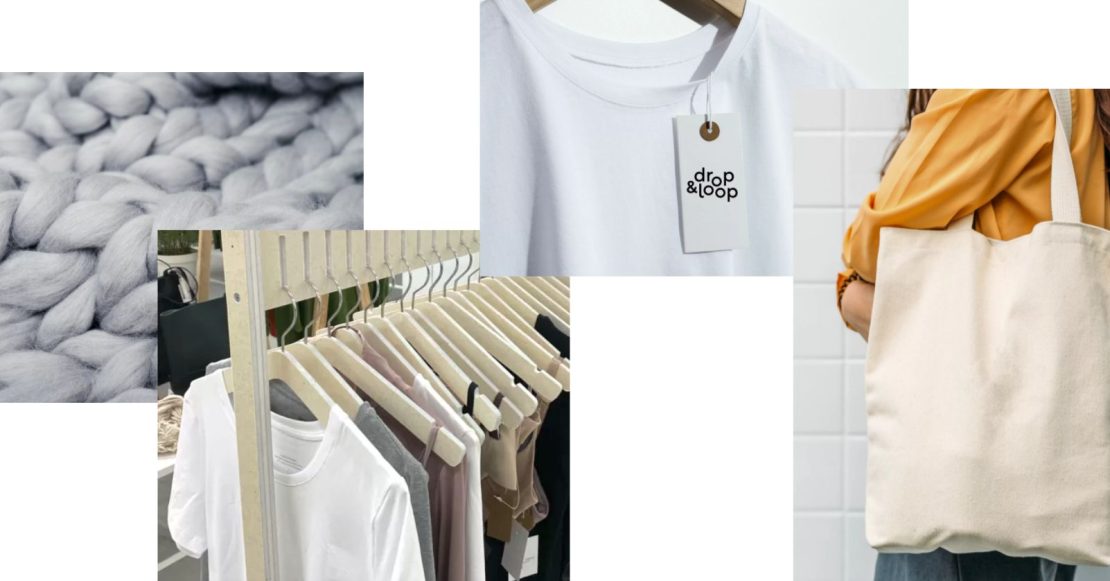
Co-founder
Carlijn Oosthoek (MSc Management of Innovation, 2016)
Company
Drop & Loop
The opportunity
Just one per cent of clothing is currently recycled. Here in the Netherlands, we throw away some 174 million kilograms of textiles in the bin every year – and that’s a shocking statistic for anyone who cares about the environment. Even many of the clothes that we do put in recycling bins have to be thrown out because they’re contaminated – since most textile bins in the Netherlands contain 10 per cent household waste, dumped by people who can’t find bins – and retailers and even charity shops burn the clothes they can’t sell. Yet as consumers, we buy 60 per cent more clothing compared to 15 years ago, and we’re throwing out ever-increasing mountains of the stuff. That waste is an opportunity for us to create something new.
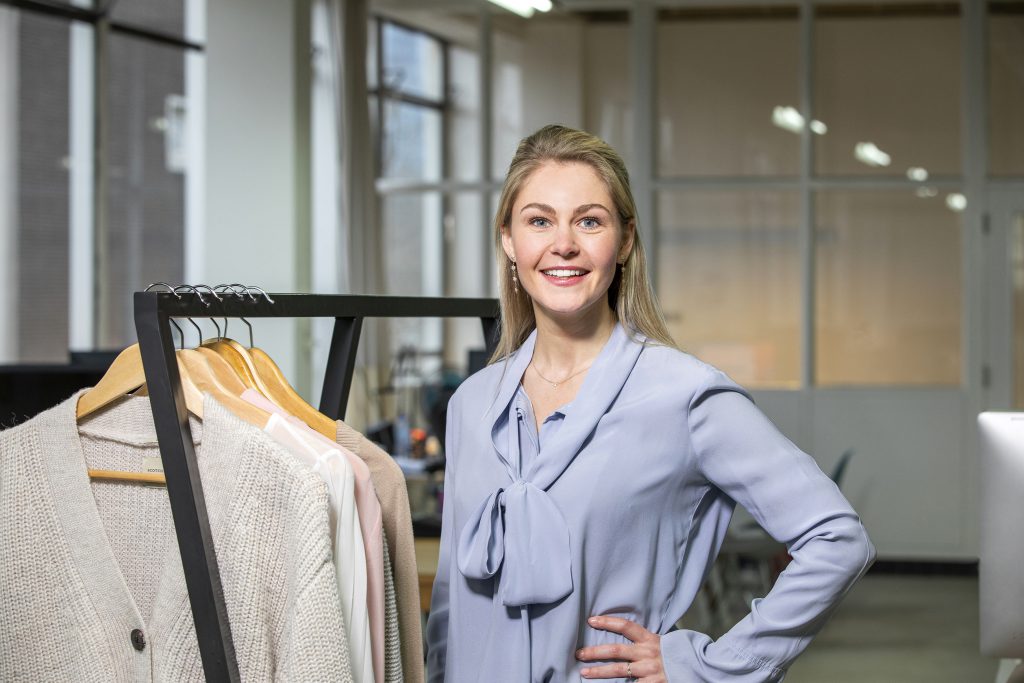
The big idea
We want a circular industry. We need to make it easier for consumers to recycle their old clothes – and, crucially, make it worth their while. So, we’ve put specially designed Drop & Loop containers into shops, where people can deposit their unwanted clothing for reuse or recycling. We take care of the entire logistics and everyone benefits.
But we have to encourage shops to sign up. For supermarkets, one of our containers enhances their sustainability credentials, and our presence brings in new shoppers – for every bag of clothing they drop, customers receive a discount to spend in-store, so it’s a win-win. We’ve made it easy for shops, too, as the whole process is automated, and once the bins are full, we arrange the collection, the repurposing and recycling through partners who have been recycling clothing for four decades. Retailers pay a small fee for every kilogram of clothes that are deposited, and we receive a small amount from the company that sorts the clothing.
The product
Half of what we collect can be reused, and we give it a second life by arranging for them to be sold to countries that need it. What can’t be reused can be recycled into new yarns and raw materials – we co-design new products with our recycling partners, deciding upon style, colours, and fabrics. We don’t do fashion yet as that’s a really tricky market, and fabric for clothing usually requires the addition of elastic. But we make cotton goods such as tea towels from half recycled and half organic cotton, and we’ve created a kind of felt from raw materials, and we make placemats, bunting and other homeware goods. We put our goods for sale in the shops where we have our recycling containers – buy them and you are contributing to a sustainable industry.
Funding
My co-founder, Susan de Vries, and I are a commercial company driven by sustainable goals rather than a social enterprise. If you’re ambitious, it’s easier to grow this way. We managed to fund our first 10 machines from our own pockets, but we are currently in negotiation with an equity investor whose loan could help us make our first batch of 100 machines by the end of this year.
The future
Our plan is to expand to reach every city in the Netherlands five years from now. We currently have pilots running in four Dutch cities, with a fifth in the pipeline. We’re developing a new container which weighs each drop of clothing, and eventually we hope to make some clothing ourselves – but that’s at least a year away. And we are considering an app too. We’d like to grow beyond the Netherlands but that will take a few more years.
